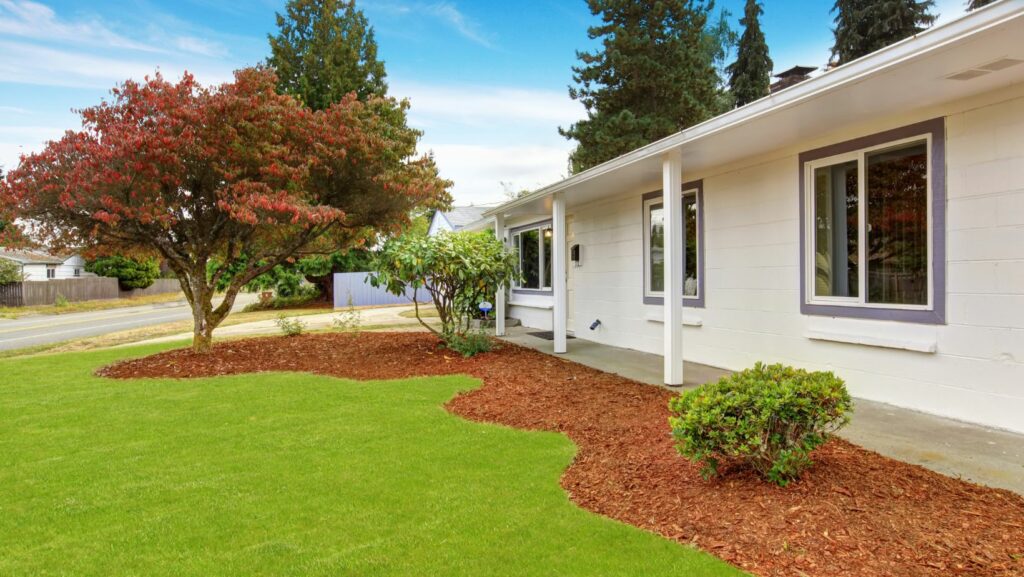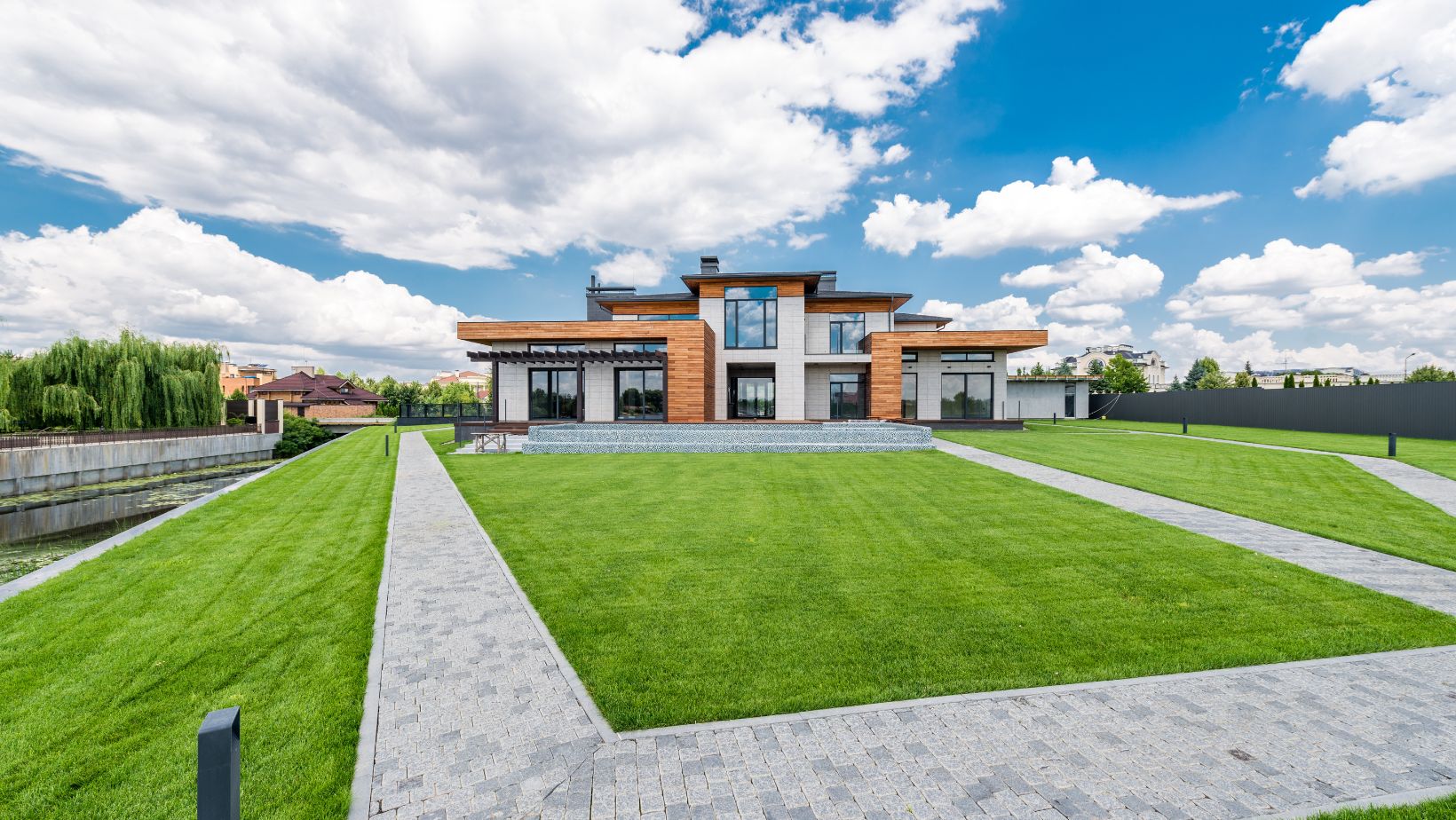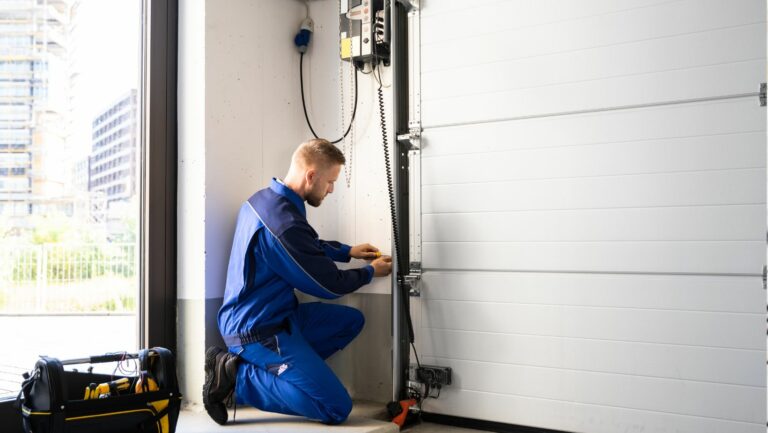Not everyone has time to maintain a picture-perfect garden. But that doesn’t mean you have to settle for a bland or boring yard. With the right materials and layout choices, you can create a polished outdoor space that looks high-end — without requiring constant upkeep. One popular trick among landscape designers is using timeless, sturdy materials like cobblestone pavers, which bring elegance and function with almost zero fuss.
The goal of low-maintenance landscaping isn’t to do the bare minimum — it’s to work smarter. By choosing plants, surfaces, and layouts that are naturally easy to care for, you save time while still creating a space you’re proud of. And when done well, guests won’t even notice your garden is “low effort” — they’ll just see something beautiful.
Here’s how to design a premium-looking outdoor space that keeps your weekends free.
Choose the Right Plants (That Practically Look After Themselves)
Start with what you grow. The easiest way to reduce outdoor chores is by choosing plants that suit your local climate and soil. That way, you won’t be fighting nature just to keep them alive.
- Opt for native plants: These are already adapted to local conditions and usually need less water and attention.
- Skip the lawn: Traditional grass can be water-hungry and high-maintenance. Consider alternatives like groundcovers, artificial turf, or gravel.
- Think in layers: Use a mix of evergreen shrubs, flowering perennials, and small trees to add interest year-round with minimal effort.

Once established, these plants need far less care than fussy species that demand constant pruning, watering, or pest control.
Use Materials That Age Gracefully
One of the keys to achieving that premium look is choosing hardscape elements that weather well over time. This means picking finishes and materials that don’t look shabby with age — in fact, they may even look better.
- Stone and brick hold their charm through the years, while painted surfaces often peel or fade.
- Metal accents like rusted steel edging can add contrast without needing to be repainted.
- Concrete with exposed aggregate or natural textures can add polish while hiding dirt or staining.
These materials do well in all seasons and require little more than the occasional rinse or sweep to stay looking great.
Keep Edging Clean and Simple
Nothing makes a garden look messier than grass creeping into garden beds or mulch spilling onto walkways. Adding proper edging not only makes your landscaping easier to maintain — it instantly sharpens the entire layout.
Simple solutions that still look refined:
- Stone or paver borders to keep mulch in place
- Metal or rubber edging that separates lawn from planting zones
- Low-growing hedges to visually frame your space without taking over
Defined edges give your space a structured, designer feel — even if the garden itself is wild and natural.
Automate the Boring Bits
Watering and lighting are easy to forget — and that can quickly undo all your hard work. Fortunately, both tasks are simple to automate these days.
- Drip irrigation systems deliver water right where it’s needed, cutting down waste and reducing weed growth.
- Smart garden timers can adjust to seasons and weather, so you don’t have to remember when to water.

- Outdoor solar lights or smart LED setups turn on automatically and add evening ambiance with zero effort.
These tools work in the background to keep everything thriving and looking great — even when you’re busy or away.
Create Visual Impact with Simple Shapes
Professional landscaping often follows simple design principles: symmetry, repetition, and focal points. You don’t need dozens of plant varieties or intricate layouts to impress. Instead, aim for clarity and cohesion.
- Repeat the same plant or material in different areas to create a unified look
- Use symmetry around entryways, steps, or focal plants for instant order
- Frame your space with clean lines to make even small gardens feel larger
Simple doesn’t mean boring — it means intentional. And intentional design always looks more premium than a cluttered space.
Don’t Forget the Finishing Touches
Small details go a long way. A cleanly laid path, a tidy seating area, or even a set of matching planters can make a huge difference in how your outdoor space feels.
- Keep tools, bins, and clutter tucked away or screened off
- Add one or two feature items — like a birdbath, statement plant, or bench
- Choose a muted, natural palette for pots and accessories so they blend seamlessly
These final touches help tie everything together and make your yard feel lived-in, not just landscaped.
Creating a beautiful garden doesn’t mean signing up for endless weekend chores. By choosing smart materials, letting nature do more of the work, and sticking to classic design principles, you can build an outdoor space that’s both stylish and sustainable. Best of all, it will look high-end without feeling high-maintenance.




